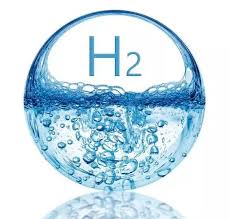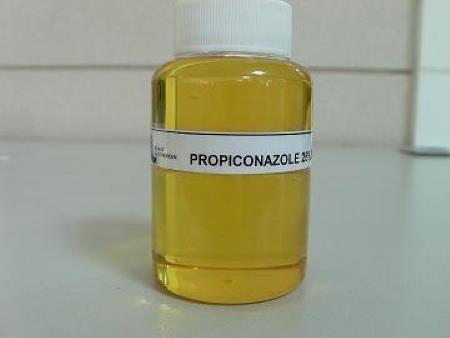Hydrogen:Chemistry,Preparation,Uses
Under normal conditions on Earth, elemental hydrogen exists as the diatomic gas, H2. Yet, hydrogen gas is very rare in the Earth’s atmosphere (1 ppm by volume) because of its light weight, which enables it to escape from Earth’s gravity more easily than heavier gases. Still, hydrogen is the third most abundant element on the Earth’s surface, mostly in the form of chemical compounds such as hydrocarbons, minerals, and water. Hydrogen gas is produced by some bacteria and algae and is a natural component of flatus, as is methane, itself a hydrogen source of increasing importance.

Chemistry
Hydrogen has three naturally occurring isotopes, designated 1H, 2H, and 3H. Other, highly unstable nuclei (4H to 7H) have been synthesized in the laboratory but have not been observed in nature.
1H is the most common hydrogen isotope with an abundance of .99.98%. Since the nucleus of this isotope consists of only a single proton, it is given the descriptive but seldom used formal name protium.
2H, the other stable hydrogen isotope, is known as deuterium and has one proton plus one neutron in the nucleus.Deuterium is not radioactive and does not form a noteworthy toxicity hazard. Water enriched in molecules that include deuterium instead of normal hydrogen is known as heavy water. Heavy water is utilized as a neutron moderator and coolant in nuclear reactors. In addition, deuterium is a potential fuel for commercial nuclear fusion.
3H is also called tritium and has one proton plus two neutrons in the nucleus. It is radioactive, decaying into helium-3 through beta decay with a half-life of 12.32 years.
Preparation
Hydrogen can be formed through the reaction of water or dilute acids on electropositive metals such as the alkali metals, alkaline earth metals, the metals of Groups 3, 4 and the lanthanoids. The reaction can be explosively violent. Suitable laboratory methods use sodium amalgam or calcium with water, or zinc with hydrochloric acid.
The reaction of aluminum or ferrosilicon with aqueous sodium hydroxide has also been applied. For small-scale preparations the hydrolysis of metal hydrides is appropriate, and this produces twice the amount of hydrogen as contained in the hydride, for example: CaH2+12H2O→Ca(OH)2+12H2
Uses
Large volumes of H2 are required in the petroleum and chemical industries. The largest use of H2 is for the processing of fossil fuels, and in the production of ammonia. The most important reactions with H2 in the petrochemical plant include hydrodealkylation, hydrodesulfurization, and hydrocracking.
H2 has several additional important applications. H2 is used as a hydrogenating agent, chiefly in increasing the level of saturation of unsaturated fats and oils (present in substances such as margarine), and in the production of methanol. It is also the source of hydrogen in the production of hydrochloric acid. H2 is also used as a reducing agent of metallic ores. Apart from its use as a reactant, H2 has wide applications in physics and engineering.
);You may like
Related articles And Qustion
Lastest Price from Hydrogen manufacturers

US $48.00-40.00/KG2023-05-04
- CAS:
- 1333-74-0
- Min. Order:
- 1KG
- Purity:
- 99
- Supply Ability:
- 2tons

US $0.00/KG2022-06-02
- CAS:
- 1333-74-0
- Min. Order:
- 1KG
- Purity:
- Above 99%
- Supply Ability:
- 10000kgs



